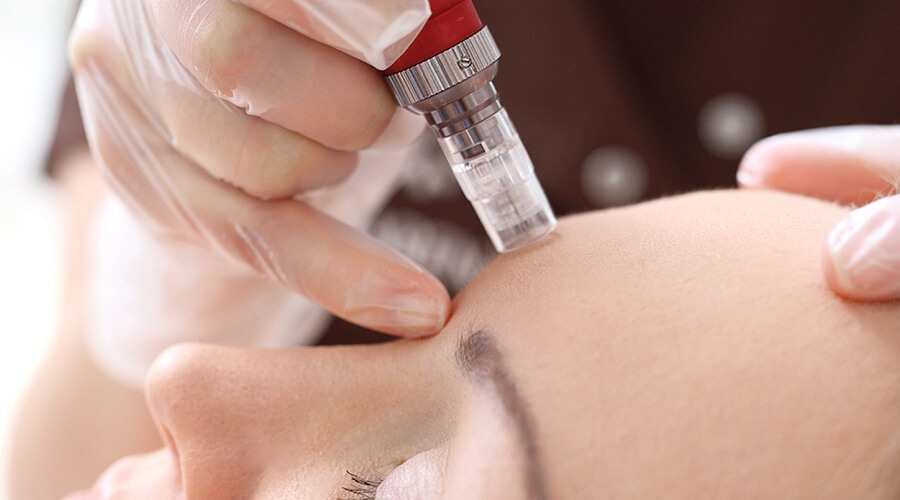Mesotherapy
What is mesotherapy?
Mesotherapy is a technique that uses injections of vitamins, enzymes, hormones, and plant extracts to rejuvenate and tighten skin, as well as remove excess fat.
Michel Pistor, a doctor in France, developed the technique in 1952. It was originally used to relieve pain. In the years since, it has gained popularity in the United States and other parts of the world.
Today, mesotherapy is used to:
The technique uses very fine needles to deliver a series of injections into the middle layer (mesoderm) of skin. The idea behind mesotherapy is that it corrects underlying issues like poor circulation and inflammation that cause skin damage.
There isn’t a standard formula for the substances injected in mesotherapy. Doctors use many different solutions, including:
How do you prepare?
You’ll meet with the doctor ahead of time to find out what to expect. You might have to avoid aspirin (Bufferin) and other nonsteroidal anti-inflammatory drugs (NSAIDs) for one week before the procedure. These pain relievers can increase your risk of bleeding and bruising during mesotherapy.
What happens during your appointment?
During each session, you may or may not have numbing medicine applied to your skin. You’ll get a series of injections using a special short needle. The needle may be attached to a mechanical gun to deliver many injections in a row.
The injections can be given at different depths — from 1 to 4 millimeters into your skin — depending on what condition you’re having treated. Your doctor may place the needle into your skin at an angle, or flick their wrist very quickly while injecting. Each injection may only place a tiny drop of the solution into your skin.
You’ll probably need several mesotherapy sessions to get the desired effect. You should expect to return to the doctor between 3 to 15 times. At first, you’ll get the injections every 7 to 10 days. If your skin starts to improve, the treatments will be stretched out to once every weeks or once a month.
What are the side effects and risks?
People who practice mesotherapy say the risks are minimal if you go to a trained practitioner.
Side effects that have been reported include:
What is the recovery like?
Because mesotherapy is noninvasive, there usually isn’t any downtime. Many people are able to return to their regular activities right away. Others may need to take a day off due to swelling and pain at the injection sites.
Can mesotherapy be used for hair loss?
In addition to treating wrinkles and removing unwanted fat, mesotherapy is also used to treat hair loss from alopecia. The treatment injects natural plant extracts, vitamins, or medicines like finasteride and minoxidil into the head.
People who perform mesotherapy for hair loss claim it:

